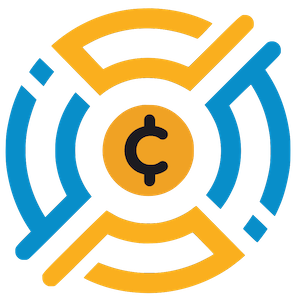The Cardano ecosystem’s recent foray into the realm of Real-World Assets (RWAs) positioning signals a pivotal moment in cryptocurrency development. With the Genius Yield protocol greenlighting its second milestone in RWAs, dubbed F12 Catalyst, the ambition to tokenize tangible assets is markedly ambitious. This initiative not only showcases the potential of blockchain technology but also amplifies the reliability of digital trading platforms through rigorous asset checks and ownership verification.
Unlike many crypto projects that operate in nebulous realms of speculation, Cardano appears to be focusing its strategic energy on creating real-world applications. The emphasis on investor confidence through measures like asset auditing lays a solid foundation that could eventually garner mainstream acceptance. Such attention to detail is imperative in a sector often plagued by skepticism.
The Irresistible Appeal of Tokenization
The concept of tokenizing real-world assets opens up avenues for fractional ownership, breathing life into traditionally illiquid markets like real estate, artwork, and collectibles. This democratization of asset ownership can foster a new wave of investment, allowing individuals to partake in markets that were once dominated by the elite. The statistic revealing that $30 billion of the total value locked in tokenized assets stems from real estate emphasizes the transformative potential of this approach.
Tokenization effectively circumvents many barriers associated with conventional investment, such as high entry costs and lack of transparency. As assets transition onto the blockchain, they become more accessible and easier to trade, much like how currencies operate. This could entice more investors into the cryptocurrency fold and provide a creditable pathway for traditional investors to embrace digital assets.
Pioneering Projects within Cardano’s Ecosystem
Genius Yield is not alone in its mission; several other projects within the Cardano framework seek to innovate in this area. Empowa’s property funding platform tailored to the African market signifies an adaptive approach to localized needs while also enhancing global participation. Tiamonds, on the other hand, has stepped into a niche by enabling the trading of fractional diamond ownership—a luxury good often disconnected from retail investors.
These projects underscore Cardano’s versatility and adaptability, attributes that are crucial for its success in the fiercely competitive blockchain landscape. Elaborate initiatives like these are not just experimental but represent calculated risks that could yield substantial benefits.
The Road Ahead and Cryptographic Integrity
As Cardano’s ecosystem continues to evolve, the forthcoming development of a digital onboarding portal for asset owners indicates a commitment to simplifying the user experience. The impending launch of mechanisms for token issuance and rewards distribution reveals a hands-on approach to engaging its community. However, as with any technological innovation, challenges revolving around regulatory compliance and user education persist.
The road ahead may contain hurdles, but the unwavering commitment to cryptographic integrity and transparency positions Cardano as a leading contender in effectively merging technology with tangible asset management. As the realization dawns that RWAs may soon dominate the crypto landscape, Cardano’s bold steps ensure it not only participates in but potentially leads this transformative shift in investment paradigms.
In an age where the lines between digital and physical assets are increasingly blurred, Cardano’s proactive measures will likely serve as a benchmark as other networks attempt to mirror its success. The promise of tokenized real-world assets is not just a theoretical construct; it has the potential to redefine personal investment and ownership. The implications of Cardano’s endeavors may resonate far beyond the confines of the crypto community, influencing financial ecosystems globally.

